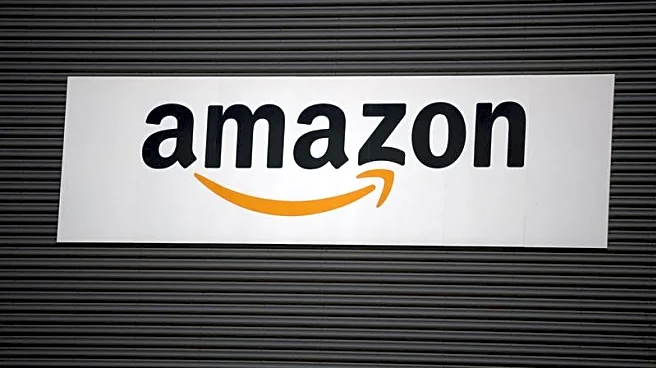What's Happening?
Amazon and UPS have announced significant layoffs as part of strategic shifts in their business operations. Amazon, which expanded its workforce significantly during the COVID-19 pandemic, is now cutting
14,000 corporate jobs to streamline operations and reduce corporate bloat. This move is part of a broader effort by CEO Andy Jassy to make the company more nimble and efficient, despite the company's ongoing investments in AI and cloud infrastructure. Meanwhile, UPS is reducing its workforce by 48,000 roles, focusing on more profitable business areas like healthcare and business-to-business services. The logistics giant is also reducing its reliance on Amazon shipments, which have low margins, and is closing 93 buildings as part of its restructuring efforts.
Why It's Important?
These layoffs highlight a significant shift in the business strategies of major corporations like Amazon and UPS. For Amazon, the cuts are part of a broader strategy to operate more like a startup, focusing on efficiency and strategic investments in AI. This could impact the tech industry by setting a precedent for how large companies manage workforce and technology investments. For UPS, the shift away from Amazon shipments and towards more profitable sectors reflects a broader trend in logistics and supply chain management, where companies are seeking to optimize operations and focus on high-margin areas. These changes could have ripple effects across the economy, affecting employment, supply chain dynamics, and the competitive landscape in both tech and logistics sectors.
What's Next?
Amazon plans to continue investing in AI and cloud infrastructure, which may lead to further workforce adjustments as the company seeks to balance technological advancements with operational efficiency. UPS, on the other hand, is expected to continue its focus on high-margin business areas, potentially leading to further restructuring and workforce changes. Both companies' strategies will likely influence industry trends, with other firms possibly adopting similar approaches to workforce management and strategic investments. Stakeholders, including employees, investors, and industry competitors, will be closely monitoring these developments to assess their long-term implications.












